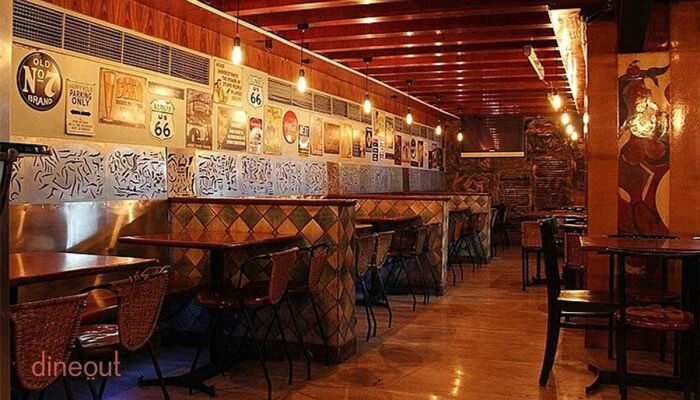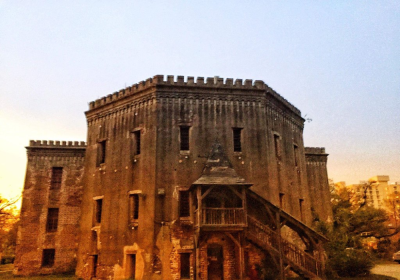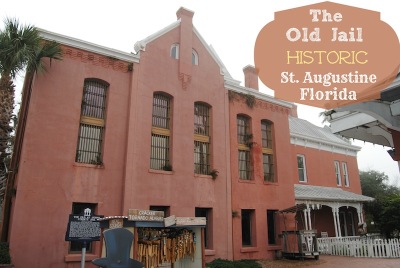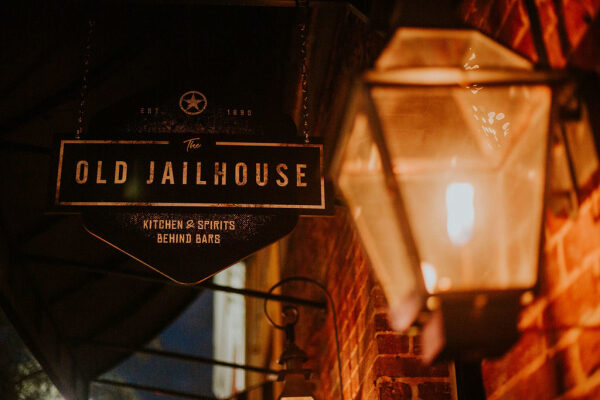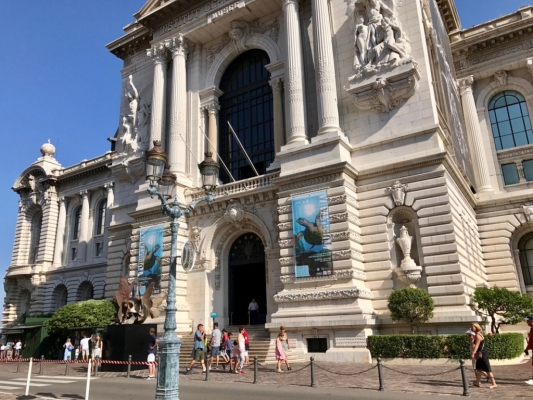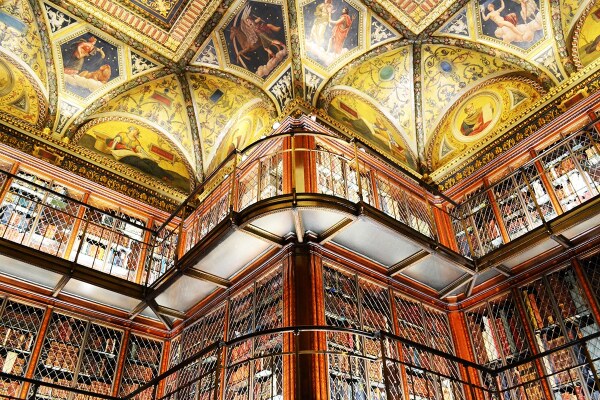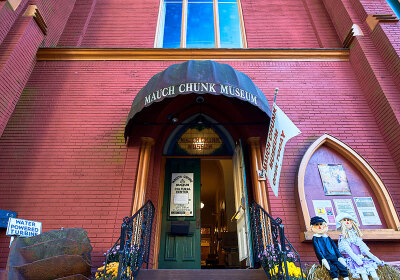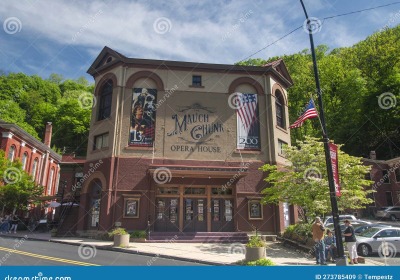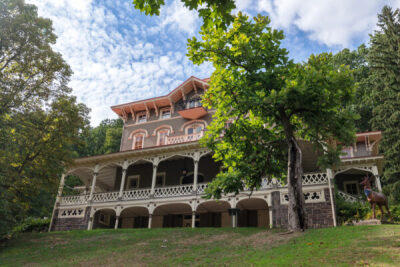Old Jail Museum

The Old Jail Museum in Jim Thorpe, United States is a historic museum that was once an actual prison. Built in 1871, the building served as the Carbon County Prison until 1995. It is now a popular tourist attraction that offers visitors a glimpse into the past.
The museum showcases various exhibits related to the history of the prison and its inmates. Visitors can explore the cells, gallows, and other areas of the jail while learning about famous prisoners who were housed there, including members of the Molly Maguires.
In addition to its historical significance, the Old Jail Museum also offers guided tours and special events throughout the year. The museum provides a unique opportunity for visitors to experience what life was like inside a 19th-century prison.
Overall, the Old Jail Museum in Jim Thorpe is a fascinating destination for history buffs and anyone interested in learning more about Pennsylvania's past. With its well-preserved architecture and informative exhibits, it offers a memorable experience for all who visit.
Quaint Market Towns
The Old Jail Museum in Jim Thorpe, United States, was originally built in 1871 and served as the Carbon County Prison until 1995. The building is now a museum that showcases the history of the prison and its most famous inmate, the legendary athlete Jim Thorpe.
In addition to being a museum, the Old Jail has also been used as a venue for various events and activities, including serving as a location for quaint market towns. These markets feature local vendors selling handmade crafts, artisanal goods, and locally sourced products.
The setting of the Old Jail Museum provides a unique backdrop for these market towns, with its historic architecture and charming atmosphere adding to the overall experience for visitors. The markets offer a chance for both locals and tourists to support small businesses and artisans while enjoying the beauty of Jim Thorpe.
Overall, the use of the Old Jail Museum as a venue for quaint market towns adds another layer of charm and character to this historic site, allowing it to continue to be an important part of the community's cultural heritage.

